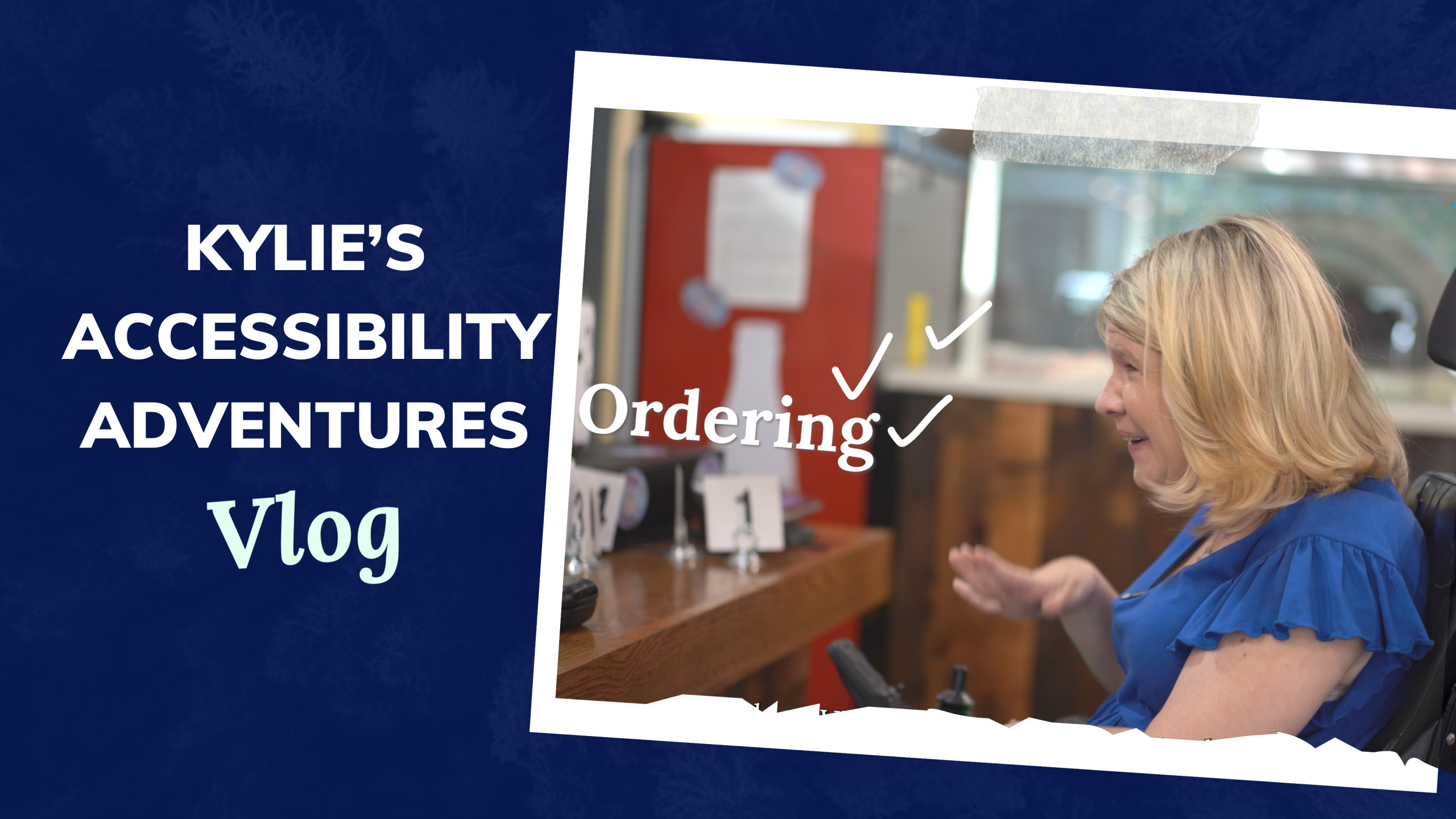Imagine a world where you are unable to hear the morning song of birds or see the breathtaking colors of a sunrise. While many of us often take our sight and hearing for granted, there are over 15 million people worldwide who live with a complex disability known as Deafblindness, affecting both their vision and hearing. These numbers are derived from the latest research conducted by the World Federation of the Deafblind.
To help you see beyond the number, the combined population of Sweden and Norway is approximately 16 million people. In Georgia alone, around 1,400 individuals are impacted by this condition, with children comprising 25% of this population. However, according to Alison Caputo, Executive Director at Ellis Center, a nonprofit organization dedicated to serving children with complex communication needs and multiple disabilities, the official statistics may not accurately represent the actual figures.
“That number could be even larger. One contributing factor is the senior population who have been living with visual impairment. As they age, they may begin to encounter hearing impairment. That individual then starts to move into that eligibility of deafblind and really requires perhaps a different level of support than they might have been used to as a person with only a vision impairment,” she explained.
What is Deafblindness?
Every year, during the last week of June, we observe Deafblind Awareness Week in honor of Helen Keller’s birthday on June 27th. It serves as an opportunity to educate society about the everyday experiences of individuals living with this disability and to celebrate the remarkable achievements of the Deafblind community.
At its core, deafblindness is a disability that affects access, as Alison Caputo says. Individuals affected by this condition encounter challenges in accessing the world due to a combination of hearing and vision impairments. It’s important to note that being deafblind doesn’t necessarily mean complete deafness or blindness, and the degree of hearing or vision loss can vary from person to person.
“Among individuals with deafblindness, 85% have additional disabilities, and among them, 50% have complex healthcare needs,” explains Alison. This highlights the complexity and the nature of the challenges faced by individuals with deafblindness, underscoring the pressing need for comprehensive support, including the involvement of an intervener.
Experiencing the World Through the Intervener’s Eyes and Ears
Specially trained professionals, known as interveners, help the deafblind community by bringing the world to them in a unique way. Interveners work closely with the individuals who live with deafblindness on a one-to-one capacity. To be able to practice, those professionals need to go through extensive training.
One of the primary functions of interveners is to provide access to the environment for people affected by deafblindness. Alison explains, “They are providing access to environmental information that generally a typical individual is able to access by looking or hearing. They can hear that fire engine roll down the street with its sirens on. They can see the sirens lit up or the lights lit up. The person who is deaf-blind might have heard parts of that or saw components of it but not the full picture of what just happened. And that lack of incidental learning is exactly why an intervener is so important.”
Another vital role of interveners is facilitating effective communication beyond just connecting individuals to the world. They help develop receptive and expressive communication skills, which may involve tactile sign language or teaching the use of high-tech communication devices.
The third crucial role of interveners is building trust and empowerment for people affected by deafblindness. “Deaf blind individuals experience the world so differently, and it can be very frightening. It can be very spontaneous and unpredictable. By having that layer of trust and support with somebody that they know, they can feel safe with and understand their needs fully. It enables them to be more successful at their job, more successful in their relationships, and more successful in their learning and other areas of their life, like activities of daily living and mobility,” Alison added.
The Importance of Proper Training for the Interveners
The role of an intervener in the deafblind community is often overlooked and there’s no awareness created around it. Many service providers, such as direct service professionals and paraprofessionals, are frequently placed in this position without proper training specific to deafblindness. Acknowledging the need of for proper education, Ellis Center has been a strong advocate for a national intervener credential which would establish a foundational requirement for interveners to ensure they receive the necessary training.
Typically, accredited programs offering intervener training include eight credit hours of coursework, including a practicum course and an intervener portfolio. However, the recognition and requirements for interveners vary from state to state. Some states, like Georgia, do not have specific job descriptions or acknowledge the intervener credential.
Several universities, including Utah State University and Central Michigan University, offer remote programs for intervener training. These programs allow individuals to take advantage of the coursework while gaining hands-on experience with individuals who are deafblind.
It is important to note that while there are many providers of intervener’s training, although valuable resources, they do not lead to the intervener credential. It is essential for individuals utilizing those modules to be aware of this distinction and not misrepresent their level of training.
Working with and Hiring People Living with Deafblindness
First and foremost, when working with individuals living with deafblindness, it is crucial to prioritize patience and provide constant support across various settings. Consistent availability of an intervener is of utmost importance, ensuring professional assistance at school, work, or during community activities.
Avoid speaking quickly and asking multiple questions without allowing sufficient time for response.
To ensure smooth communication, it is essential to consider the specific needs and preferred modes of interaction of the person you are conversing with. Some individuals may use sign language, while others may rely on a combination of communication methods, including high-tech devices, body movement, and gestures.
“Individuals living with deafblindness are experiencing access issues as they might not be able to hear or see you completely, and they need more time to do that, and they might respond back to you in a way that is different than you might expect. Tactile support is really important. So, upon consent, approach the person, perhaps using touch or other tactile strategies. Be patient and just know that every deafblind person is so different from the next. And the way that they communicate varies dramatically,” Alison adds.
This is true when addressing deafblindness in the workplace. Building a more inclusive and diverse workforce is not the only benefit of hiring people living with the condition.
“We find that individuals with deaf blindness have a really unique perspective on the world and on working with other members of the public and the use of a credential to intervener really ensure success for deaf blind individuals,” Alison Explains.
Ensuring proper accommodations is important for the inclusion of people affected by deafblindness.
“Change really starts with us and how we work with individual with deaf blindness. It’s less about them and more about how we change our perspective. How we have to really be patient and take the time to observe and understand the setting you’re in with that deafblind individual. That is really the best way to understand them and what their unique and very different needs are, from individual to individual,” emphasizes Alison Caputo.




